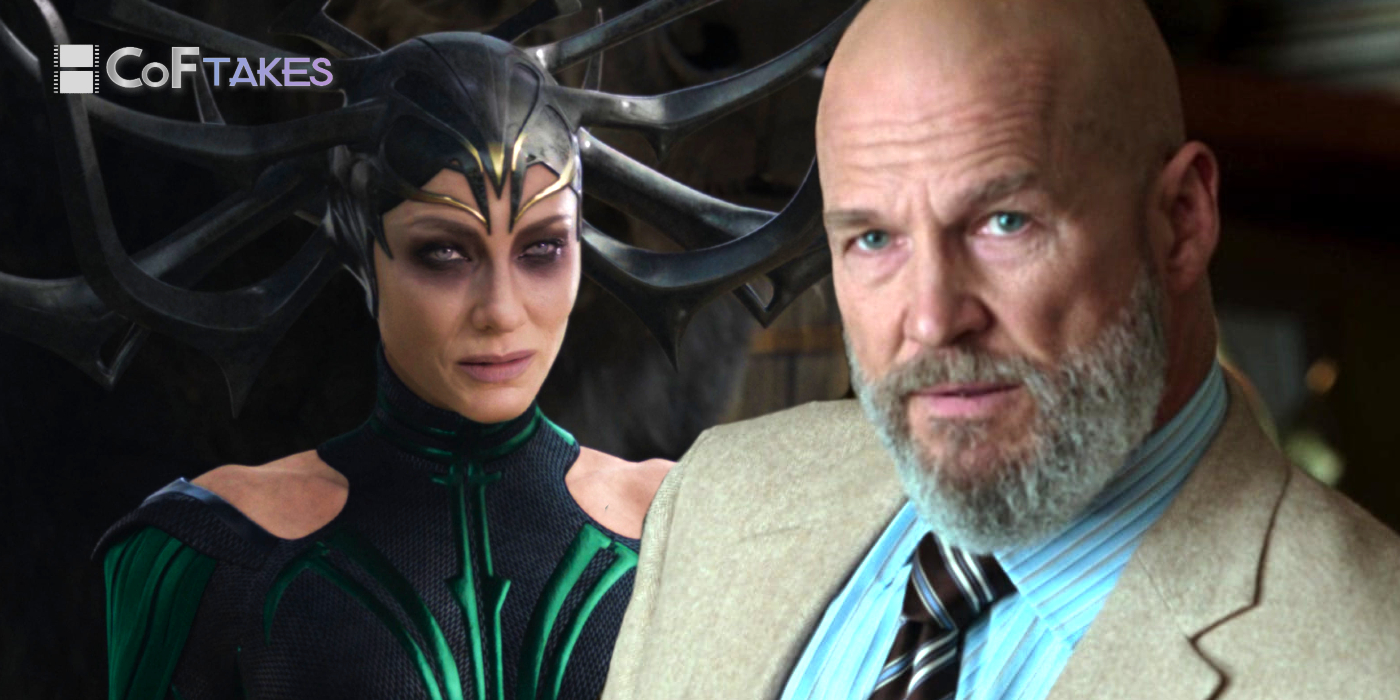The first MCU film to follow on from Avengers: Endgame, Far From Home tells the story of the life Peter Parker tries to live following the death of his mentor, and also irons out a few of the logistical issues of the Avengers’ reversal of Thanos’ snap.
In case it wasn’t already abundantly clear to fans, Spider-Man: Far From Home cements the idea that even stand-alone films cannot exist in the MCU without linking in to the wider narrative. This both works for and against the film, as it does an excellent job of bridging the MCU into Phase Four, but it also makes very little sense without 11 years worth of context.
Spider-Man: Far From Home introduces a Spider-Man villain that hadn’t been adapted to a live-action movie: Mysterio. Far From Home‘s big twist is that Mysterio is a villain – hardly a big twist for anyone with any prior knowledge of Spider-Man’s rogues’ gallery, but one that’s executed well within the film itself.
Far From Home does a sound job of expanding upon the MCU’s Peter Parker, fleshing him out as a growing hero thrust into a role he doesn’t feel entirely ready to embrace. This actually puts Far From Home‘s story in line with a great many of Spider-Man’s most popular arcs – traditionally, he’s an everyman who struggles to balance his superhero life with his personal one – making it faithful to the comics while still making some large changes to previously established backstories.
It’s an interesting narrative, framed by the fallout of Endgame, and that’s genuinely a large point in Far From Home‘s favor. However, at times, it feels formulaic, with a heavy reliance on its locations to build a sense of character in the film. For example, visiting numerous European locations gives the whole film an American tourist vibe that works in a comedic sense, while feeling vaguely dull at the same time.
The biggest problem with Far From Home is that its central hero is unable to stand on his own. This was essentially set up by Homecoming, with Iron Man repeatedly working with Peter to help him become a better hero, but the idea of Holland’s Spider-Man operating without a mentor gives the character a hapless, incapable air that doesn’t quite sit right for long-term fans of the character. This seems to have been acknowledged by Marvel and Sony, too, as Parker will once more fall under the wing of another Avenger for No Way Home (Doctor Strange, this time around).
Far From Home does have some impressive visual effects, and the costume design in particular is excellent, with Mysterio actually done justice in a way that many fans wouldn’t have thought possible. Jake Gyllenhaal is also excellent in the role, playing up his charm to begin with before unleashing a particularly unhinged villainous streak that rivals almost any other MCU villain. Once again, Holland delivers an exceptional performance, balancing comedy and youthful naivety deftly, while also communicating the weight of responsibility on Parker’s shoulders.
Despite having a few narrative weak points, Far From Home is a respectable effort to continue to re-imagine Spider-Man for the MCU. However, at times, this leads to the film feeling a little too forced, and it’s required to work its way out of a narrative corner – ending with the final twist of Mysterio revealing Spider-Man’s identity to the world, essentially making the whole film a set up for No Way Home.
Spider-Man: Far From Home is a bridge between Phase Three and the future of the MCU, and that ultimately takes away from what the film could have been. Still, all things considered, it’s a solid movie that further its characters’ stories, even if it does fall a little short in the process.
Rating: 65%
Summary: A heavy reliance on established tropes and predictable misdirection leaves Far From Home feeling a little cheap when compared to other Spider-Man stories. However, it’s well-presented and generally entertaining, and it also sets up an exciting sequel, making it a necessary part of the MCU’s version of Spider-Man’s story.
Highlight: The sequences in which Mysterio directly attacks Spider-Man are mind-bending homages to the character’s comic book roots, brilliantly realized to achieve the villain’s full cinematic potential.






Leave a Reply